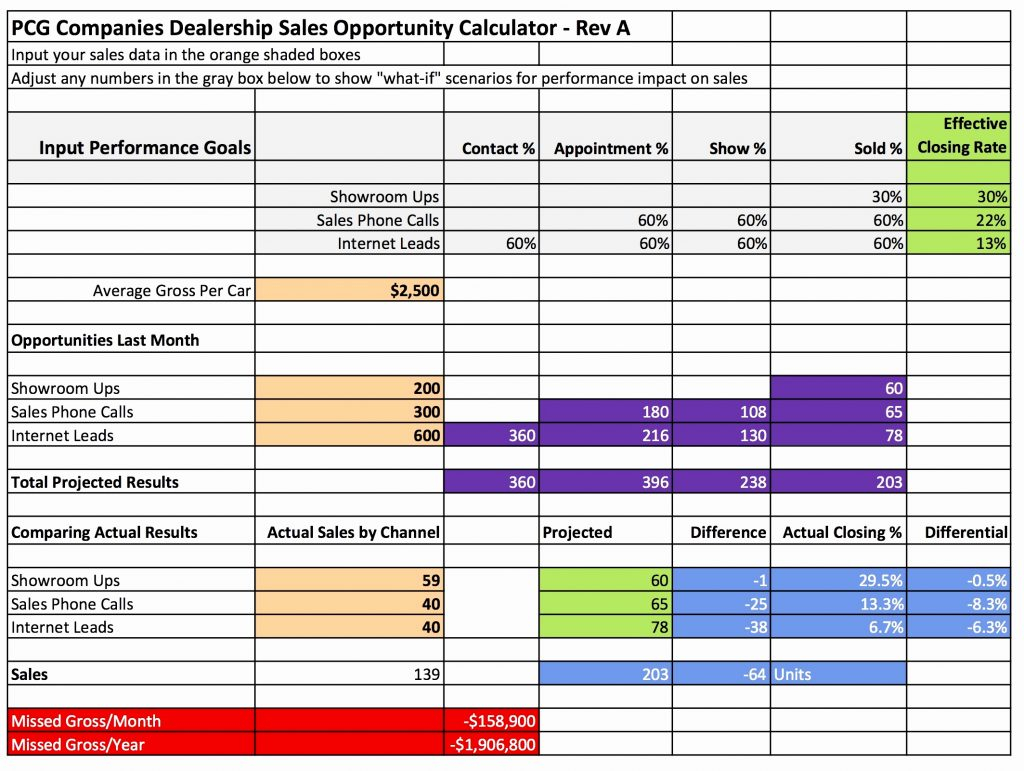5 Essential Steps to Submit Your Silencer Paperwork

Deciding to legally acquire a silencer (or suppressor) involves navigating through a meticulous regulatory framework due to their classification under the National Firearms Act (NFA). This journey might seem daunting, but with the right approach, you can streamline the process. Here are five essential steps to successfully submit your silencer paperwork:
Step 1: Understand the Legal Requirements

Before you begin the paperwork:
- Research your state laws: Some states have additional regulations beyond federal laws regarding silencers.
- Understand NFA Classifications: Silencers fall under Class 3 NFA items, which require special attention.
- Get a Gun Trust or FFL/SOT: Consider setting up a gun trust or having a relationship with a Federal Firearms Licensee (FFL) with a Special Occupational Taxpayer (SOT) status.
⚠️ Note: Not all FFL holders can transfer NFA items; ensure they have the SOT endorsement.
Step 2: Gather Necessary Documents

Collecting the right paperwork is crucial:
- Form 4 (5320.4) – Application for Tax Paid Transfer and Registration of Firearm.
- Form 5330.20 – Certificate of Compliance.
- Passport-style photo.
- Fingerprint cards.
- A copy of your driver’s license.
- Two passport-sized photos.
- A check or money order for the $200 tax stamp.
📌 Note: Your fingerprints and photos must be recent, ideally not more than 3 months old.
Step 3: Fill Out the ATF Forms

Accuracy in completing these forms is paramount:
- Form 4: Ensure every section is filled correctly, especially personal details and the silencer’s information.
- Form 5330.20: This ensures compliance with the Gun Control Act and NFA.
Common mistakes include:
- Incorrect NFA item description or serial number.
- Wrong fee payment or not including the correct tax stamp.
Step 4: Get Chief Law Enforcement Officer (CLEO) Sign-Off

Part of Form 4 requires the signature of your local CLEO:
- Identify your CLEO – usually the Sheriff or Chief of Police.
- Schedule a meeting or arrange for the forms to be sent.
- Prepare to provide background information if requested.
💡 Note: The CLEO’s signature does not indicate approval but acknowledgment of your application.
Step 5: Submitting and Waiting

With all documents prepared:
- Ensure everything is signed, dated, and notarized if required.
- Send the package via certified mail to the ATF with return receipt requested.
- Keep copies of everything for your records.
The wait time:
- Typically, you can expect to wait anywhere from 8 to 12 months for approval.
- Track your application’s status through the ATF’s eForm system or their contact line.
⏱️ Note: The wait can vary significantly, so patience is key.
By following these five essential steps meticulously, you can ensure your silencer application is handled efficiently. Remember, accuracy, attention to detail, and a thorough understanding of the legal requirements can make the difference between a swift approval and a prolonged wait or even rejection.
In wrapping up, remember that the process of legally owning a silencer is complex due to its classification under the NFA. Your journey involves understanding state-specific laws, gathering and preparing necessary documents, filling out ATF forms accurately, gaining CLEO acknowledgment, and then a period of waiting. Each step is critical to ensure your application is processed without delays or issues. Keeping detailed records and maintaining patience will serve you well in this process.
Can I use a digital signature on ATF forms?

+
Currently, the ATF requires original, pen-and-ink signatures on forms related to NFA items, including silencers. However, they are moving towards accepting electronic filings, so keep an eye on updates.
What happens if my CLEO doesn’t sign my application?

+
While the CLEO’s signature does not indicate approval, it’s required for the ATF to process your application. If the CLEO refuses to sign, consider using a gun trust or seek an FFL/SOT transfer.
How long does it take to get a suppressor?

+
The wait time varies significantly. It can take anywhere from 8 to 12 months, with some cases taking even longer due to application backlog or issues with paperwork.
Do I need a background check to purchase a silencer?

+
Yes, when you apply for a silencer, the ATF conducts a background check through the NICS (National Instant Criminal Background Check System).
Can I use a suppressor in public or at shooting ranges?

+
Silencers can be used at shooting ranges or on private property where it’s legal. However, state and local laws can vary, so always check before using a suppressor in public areas.



